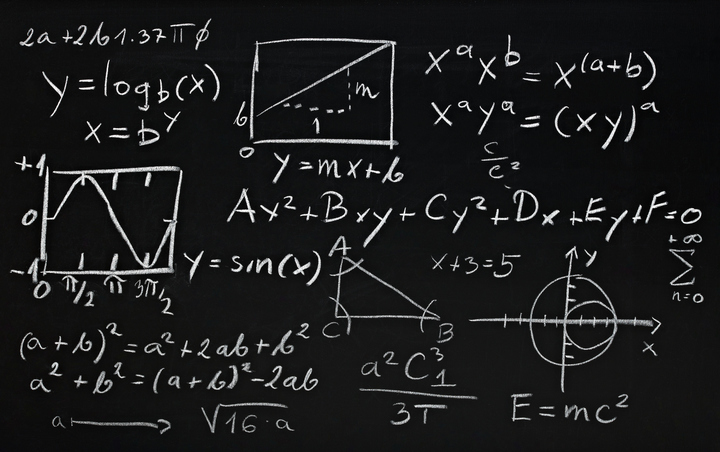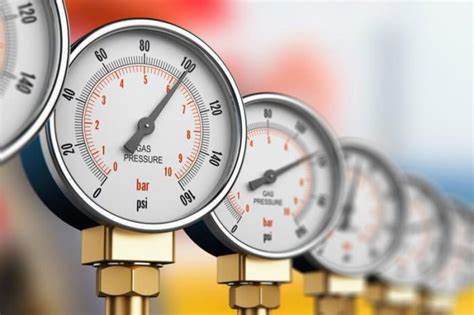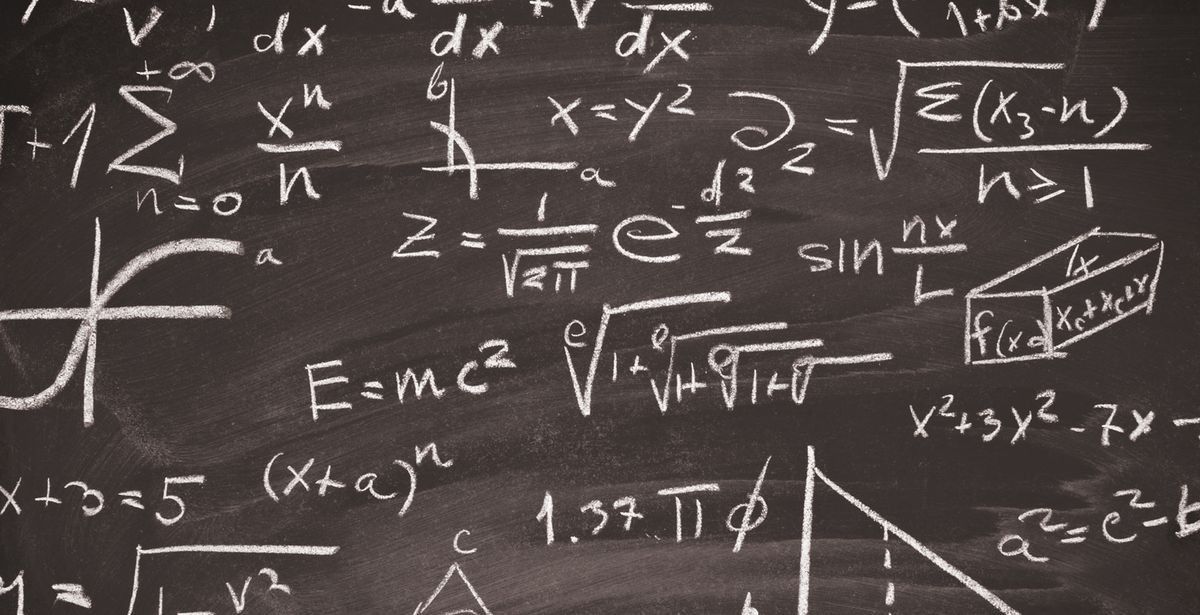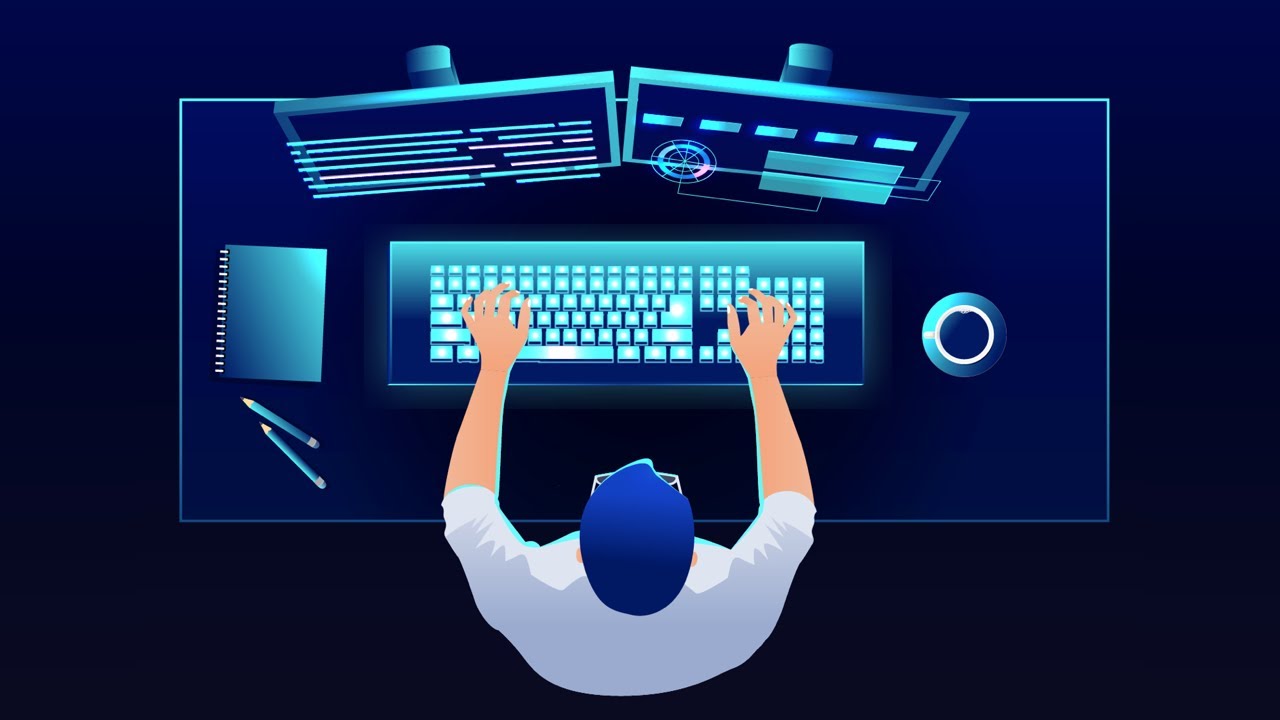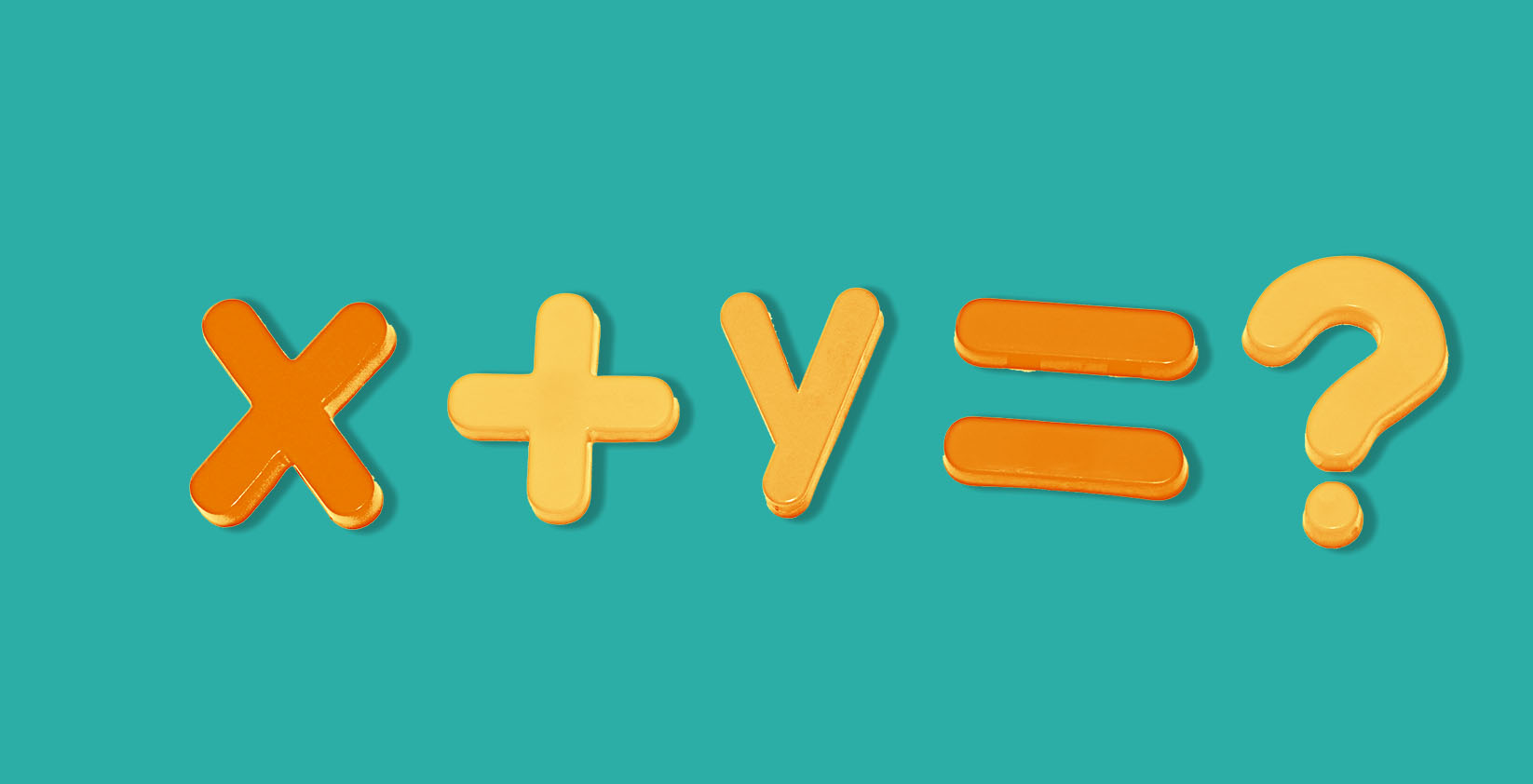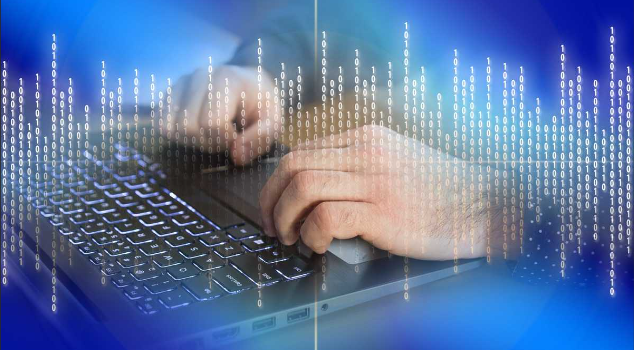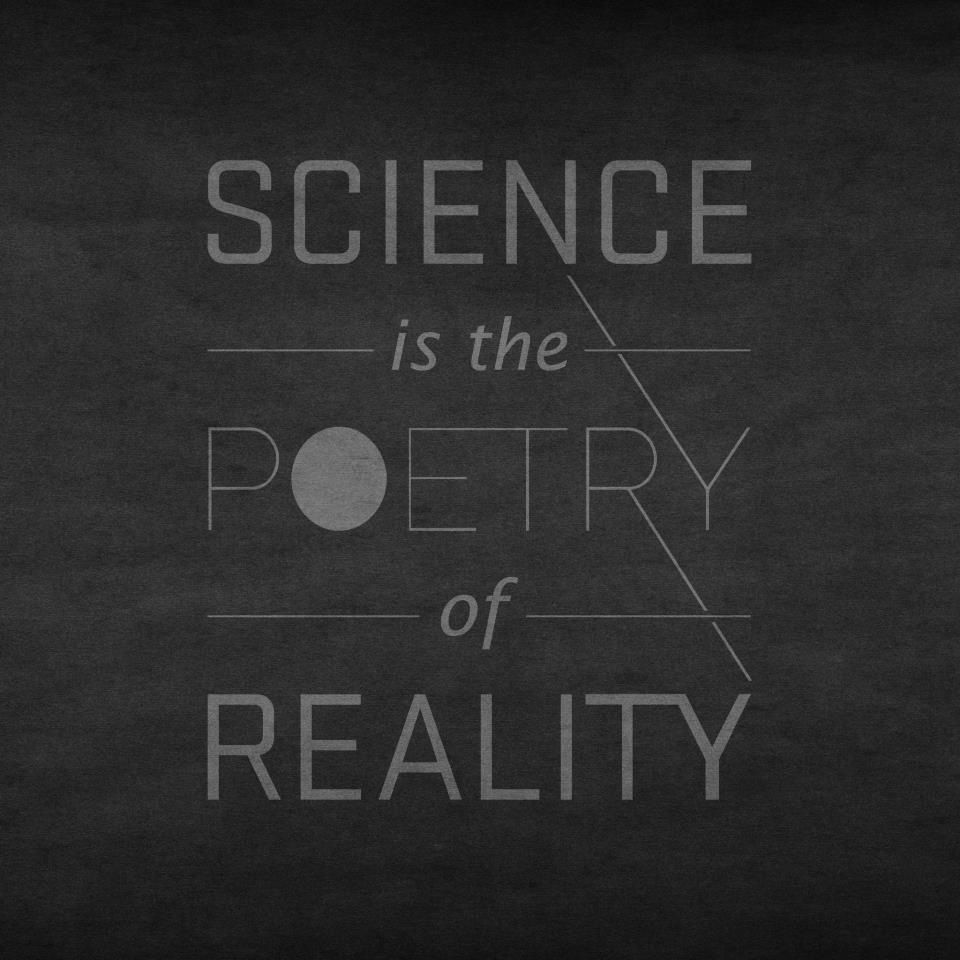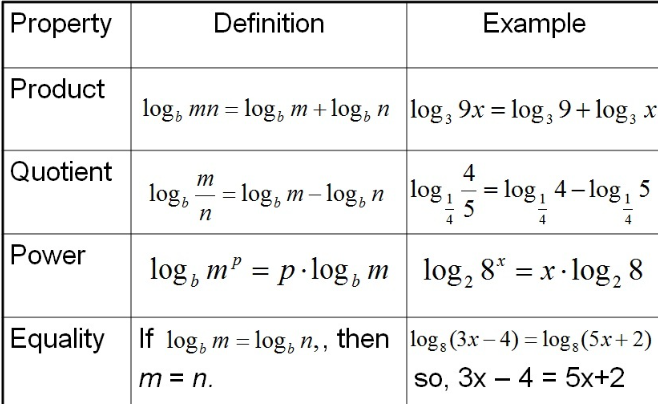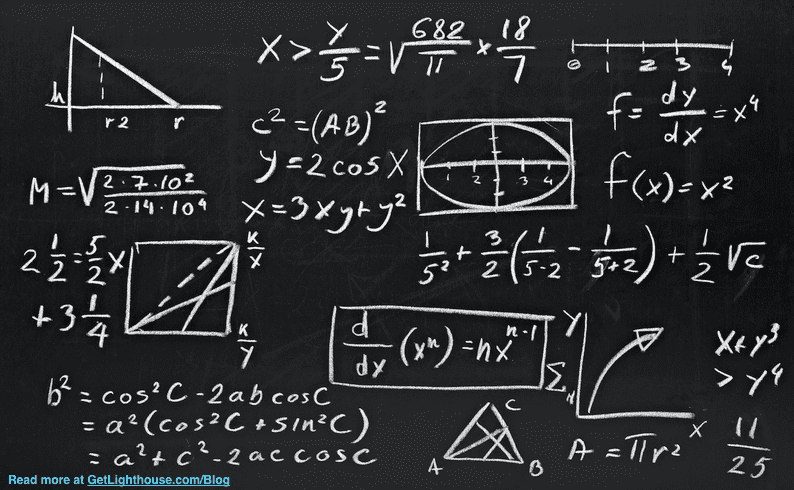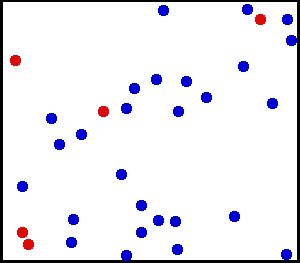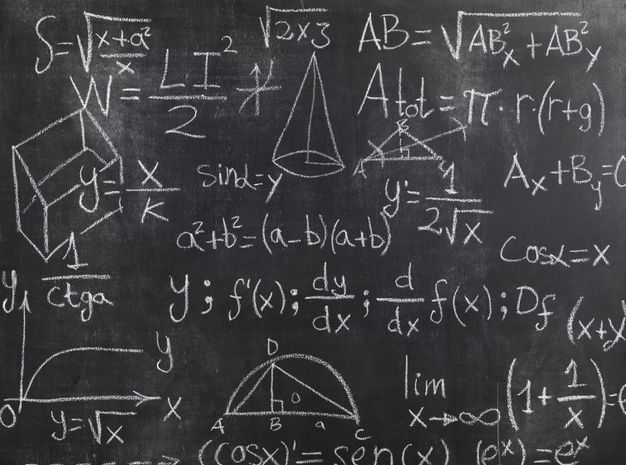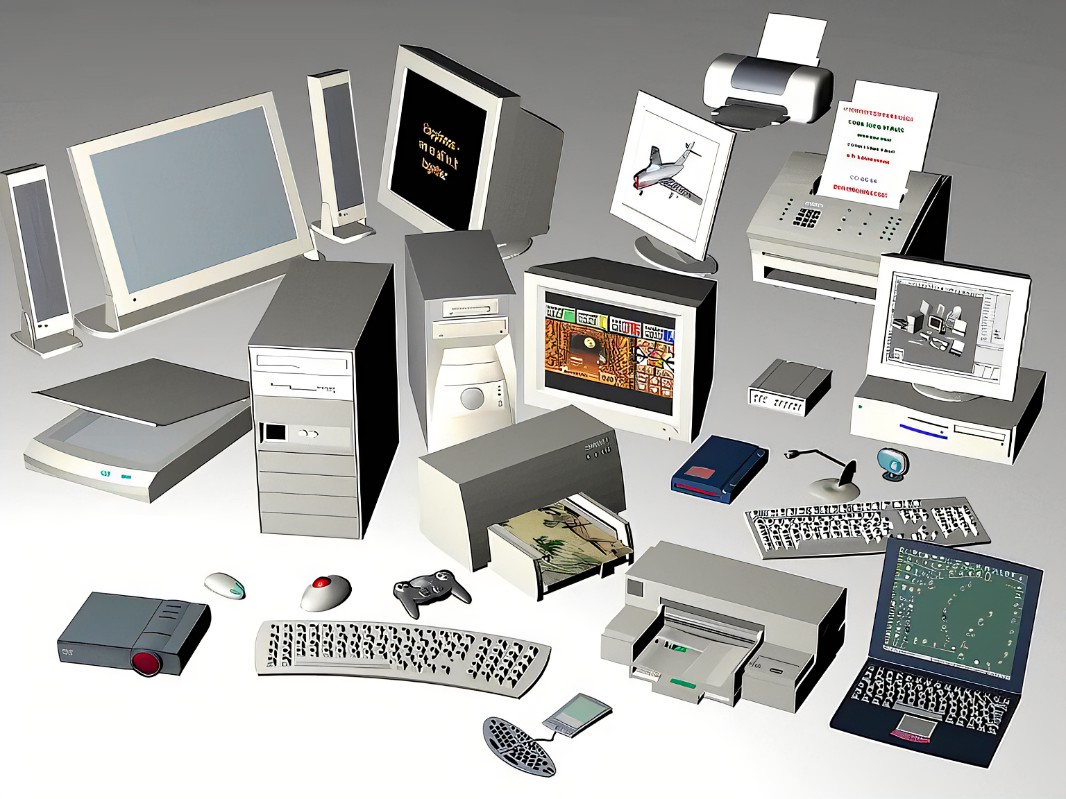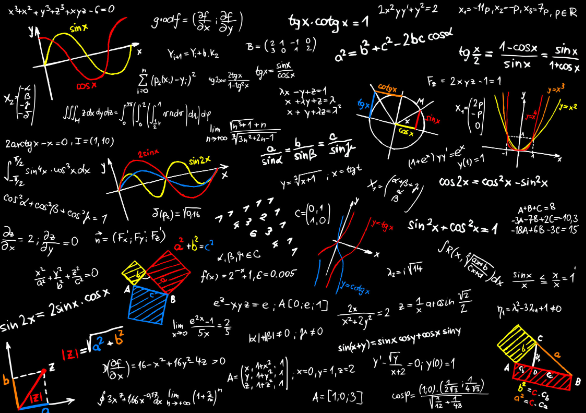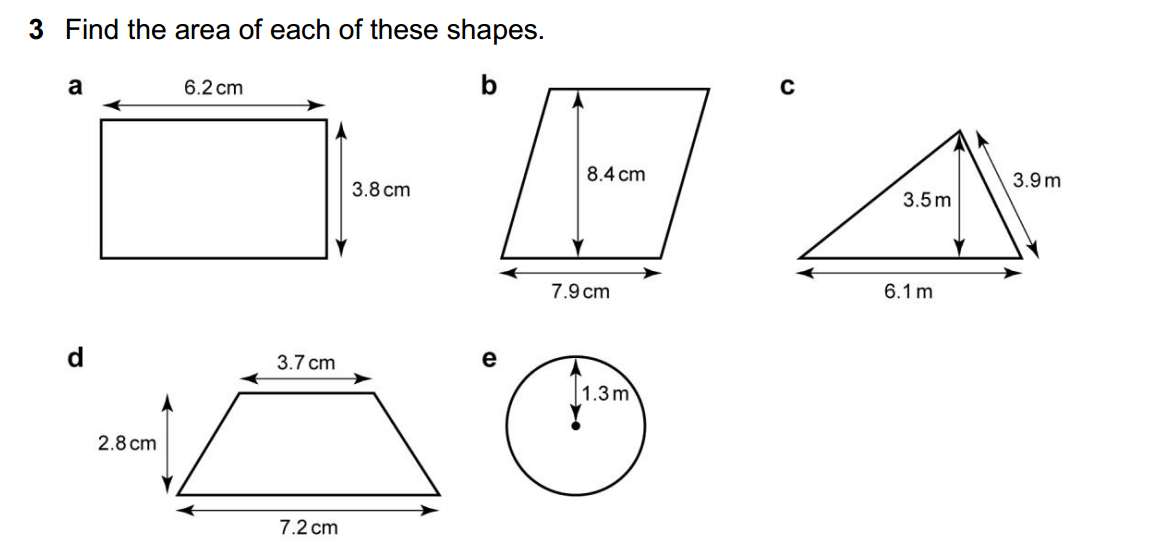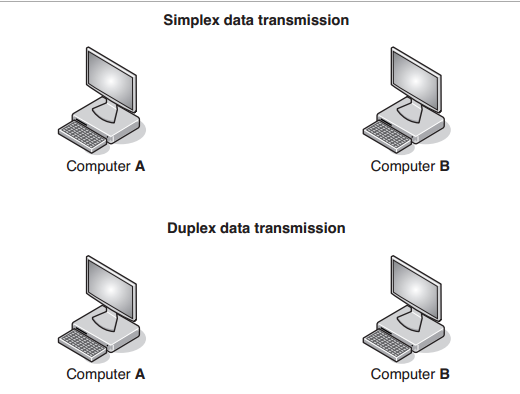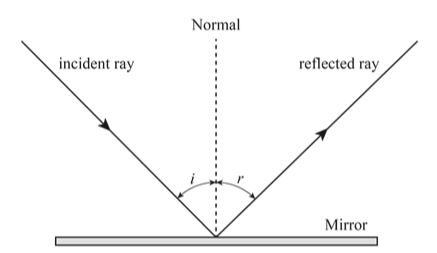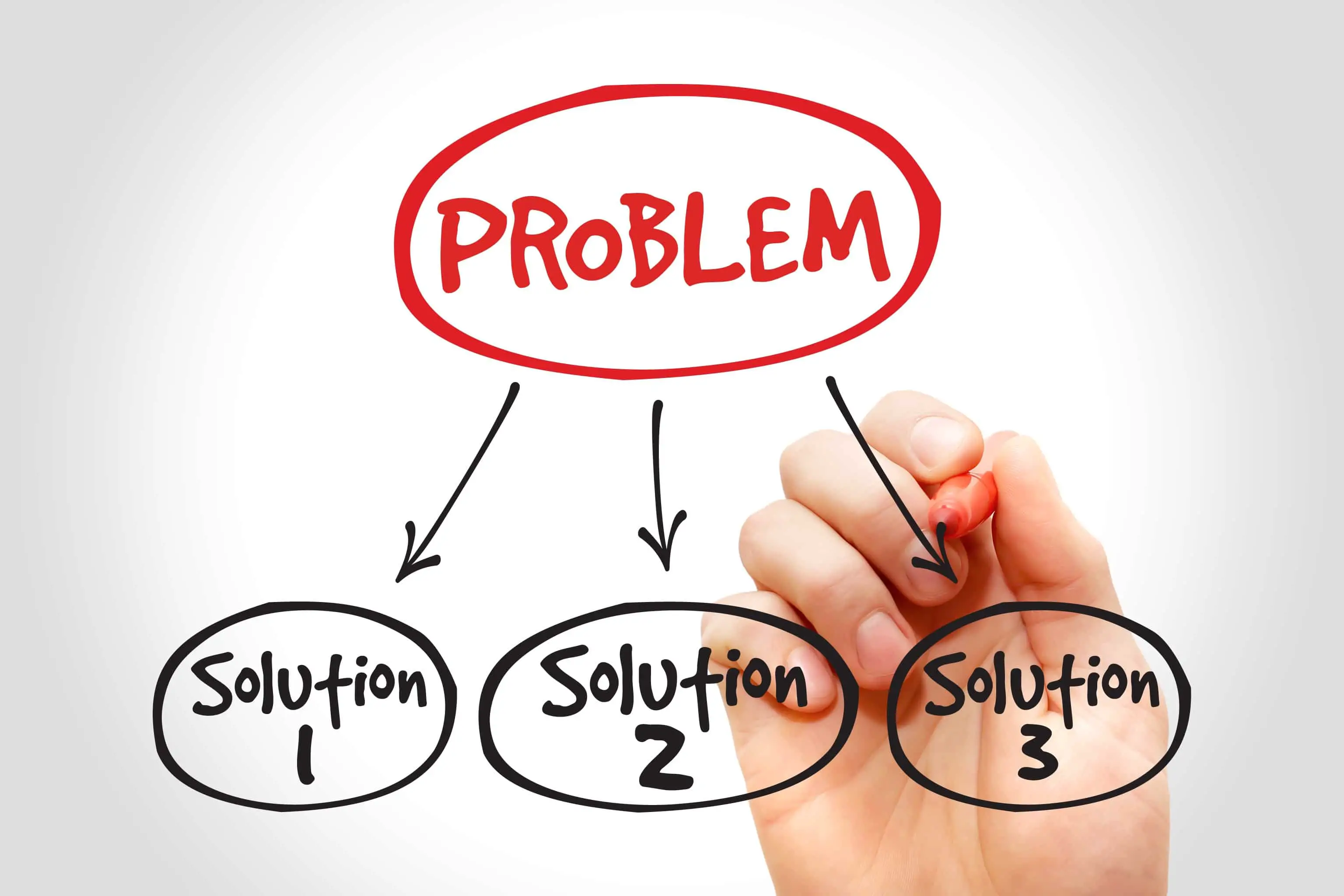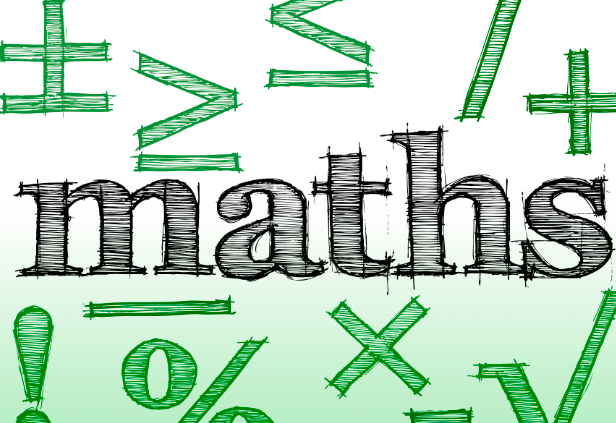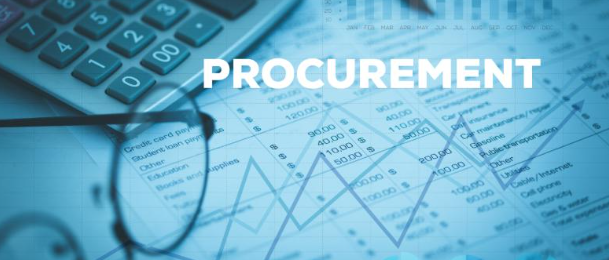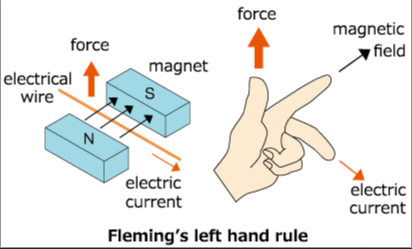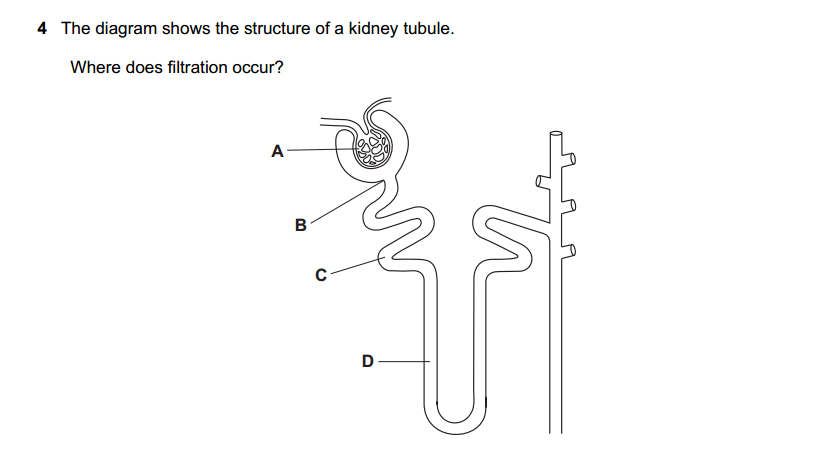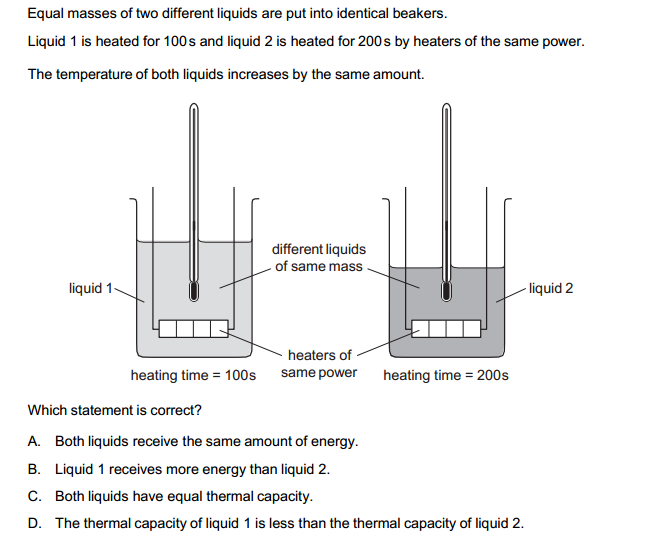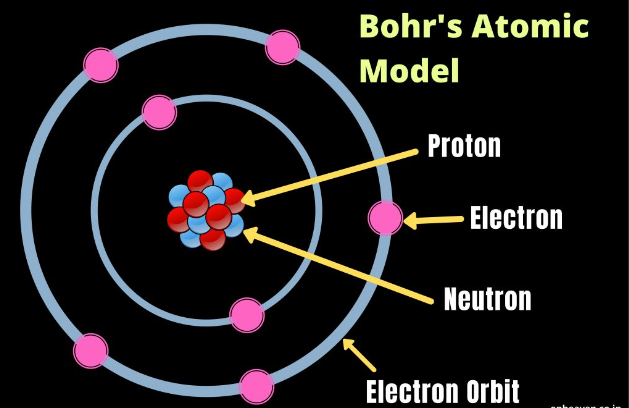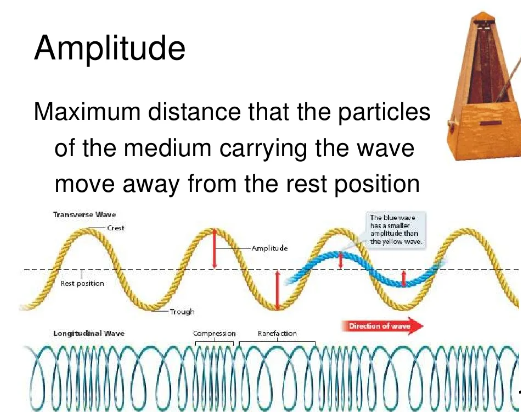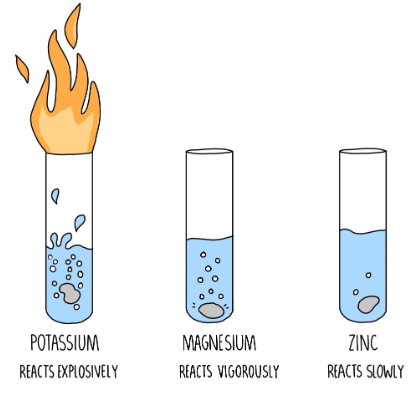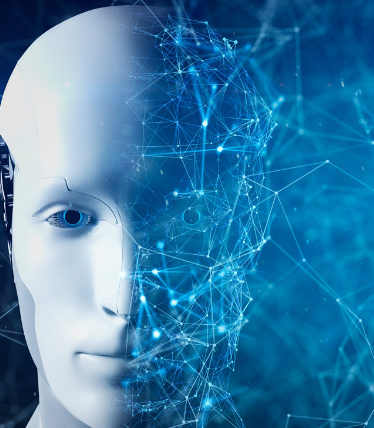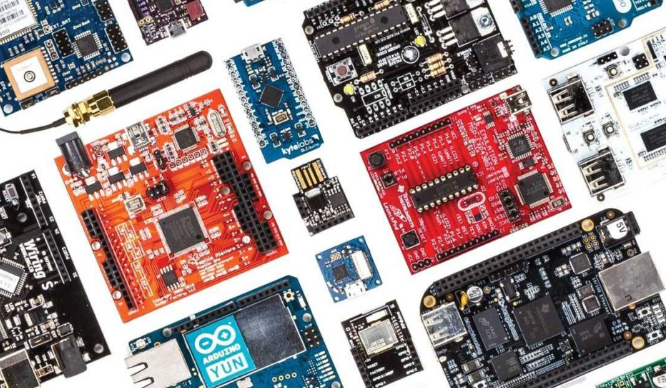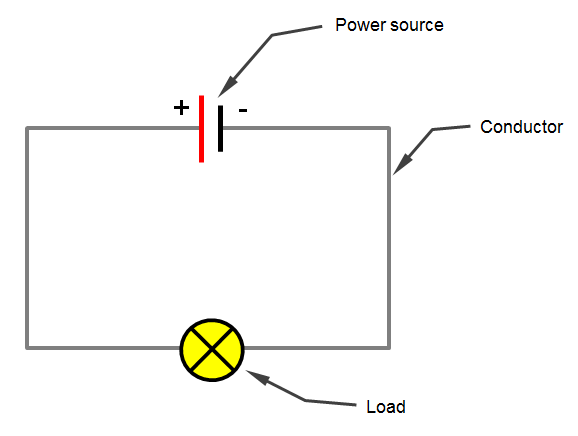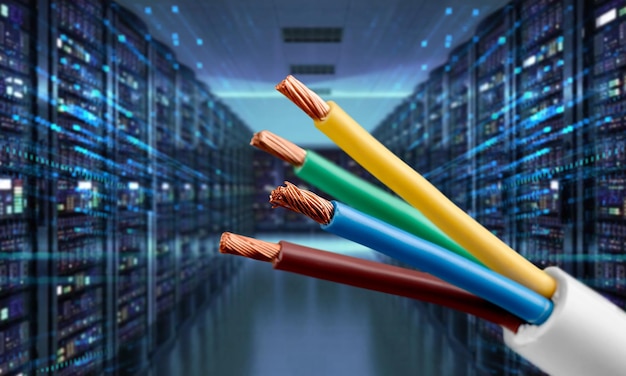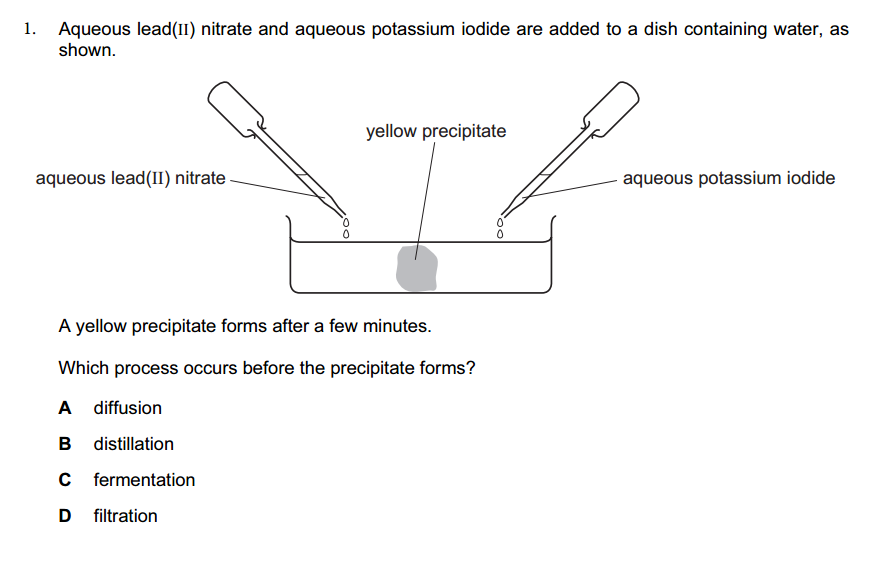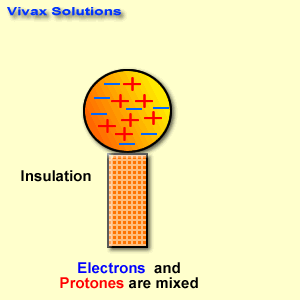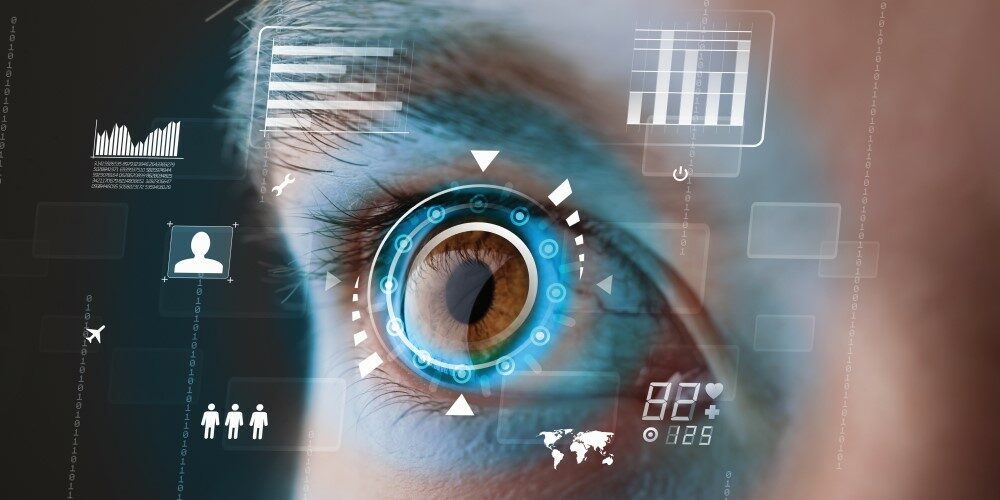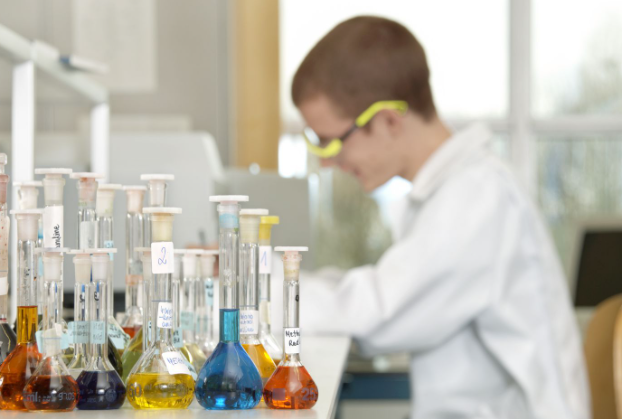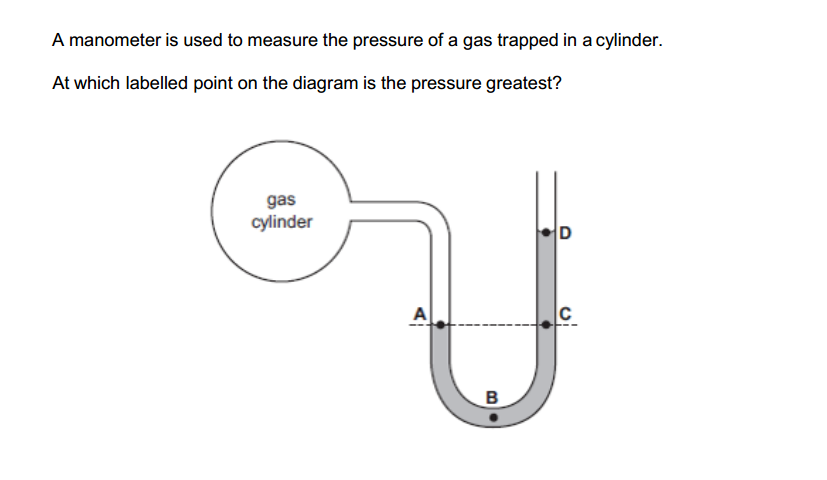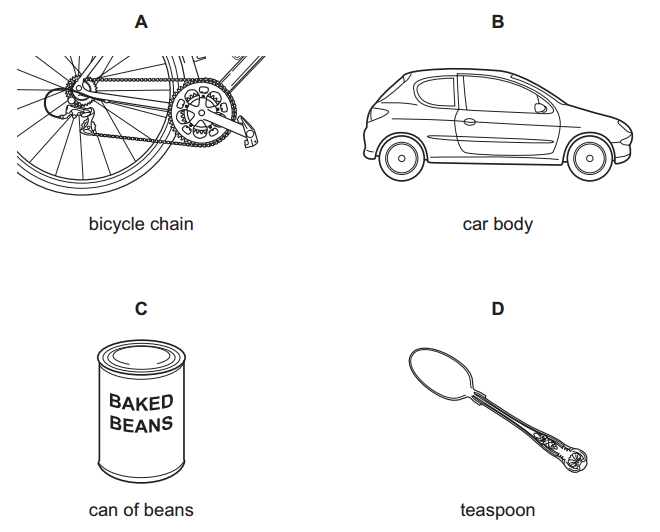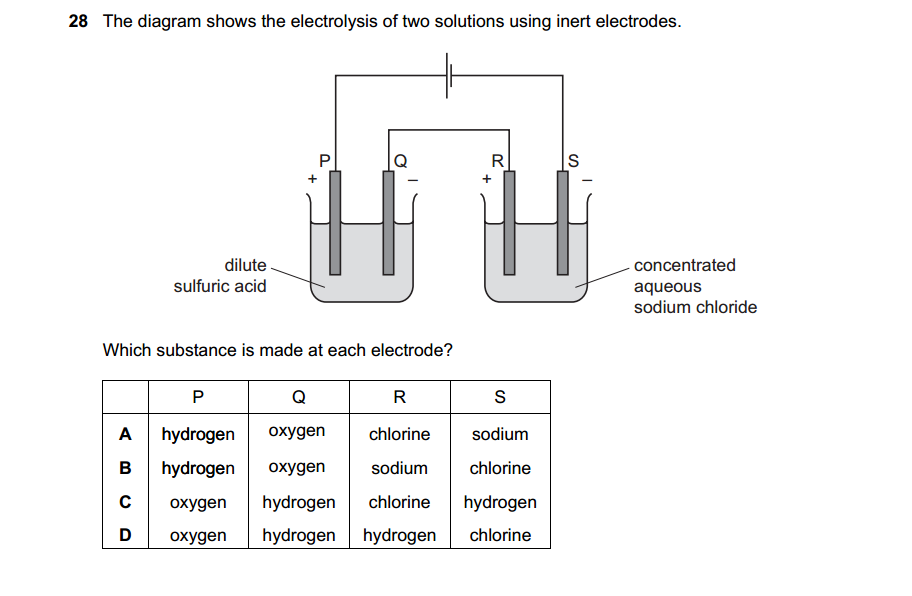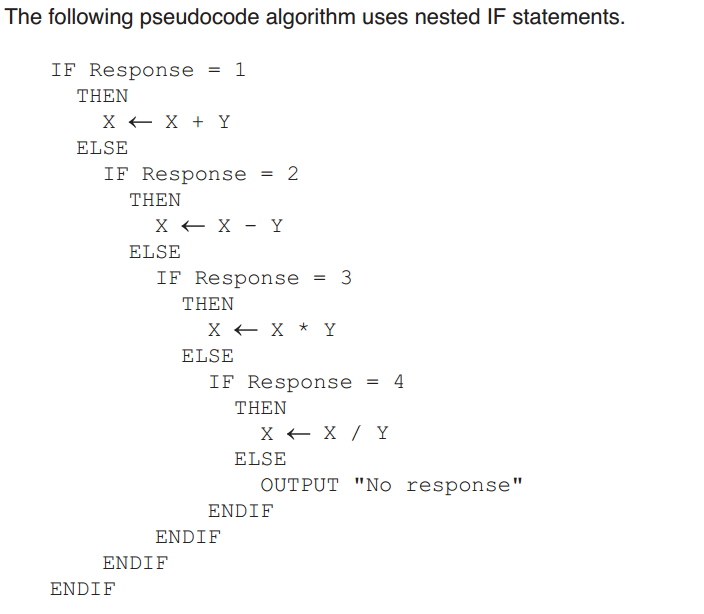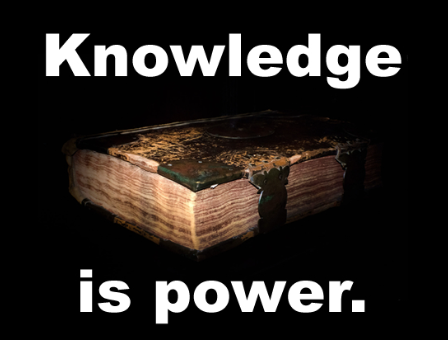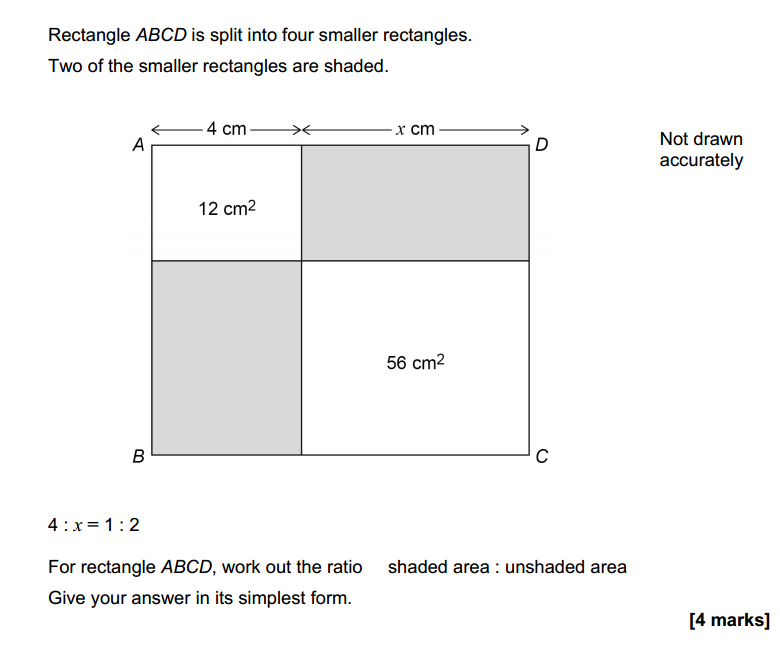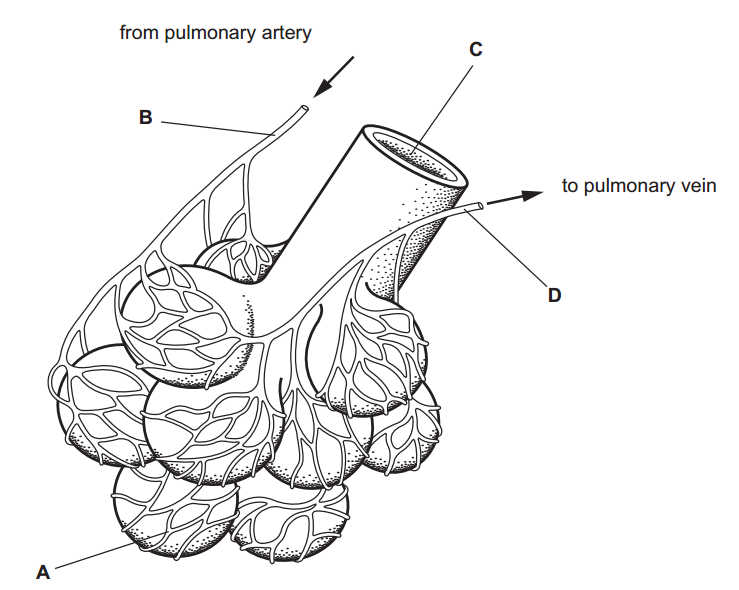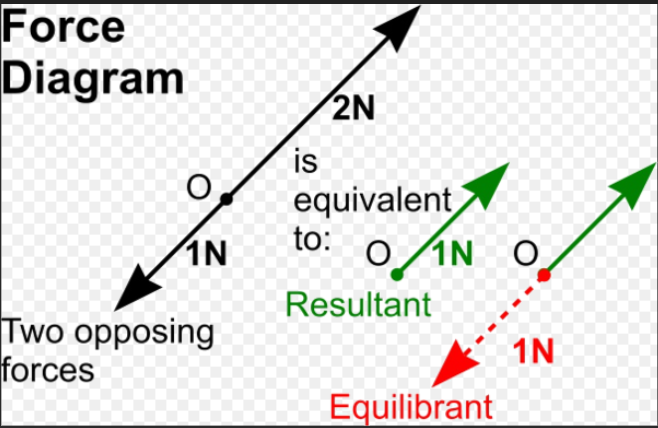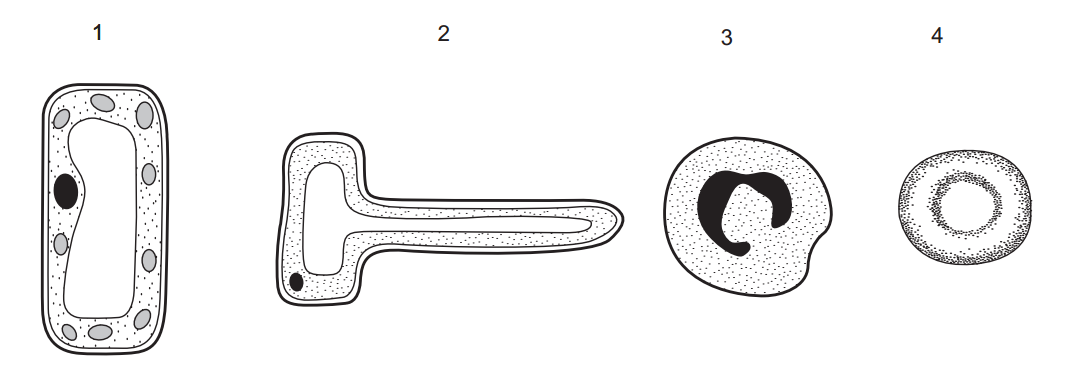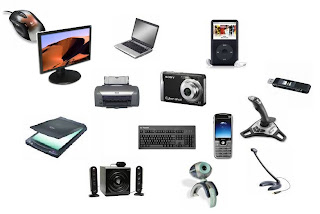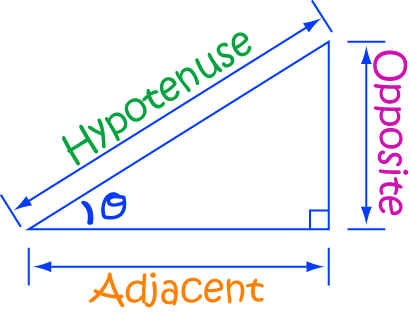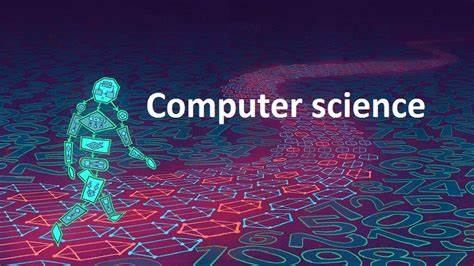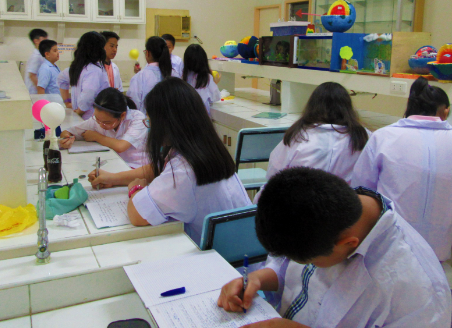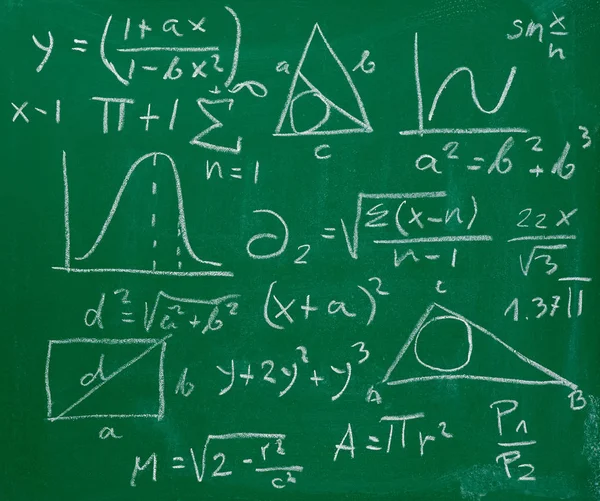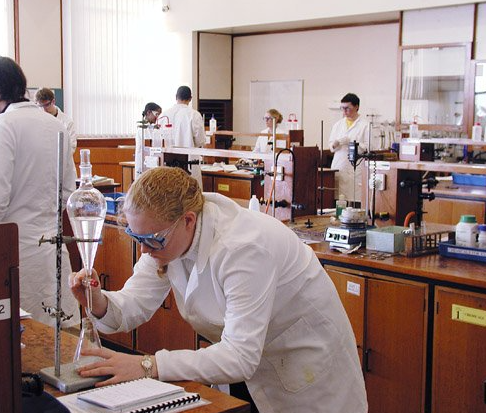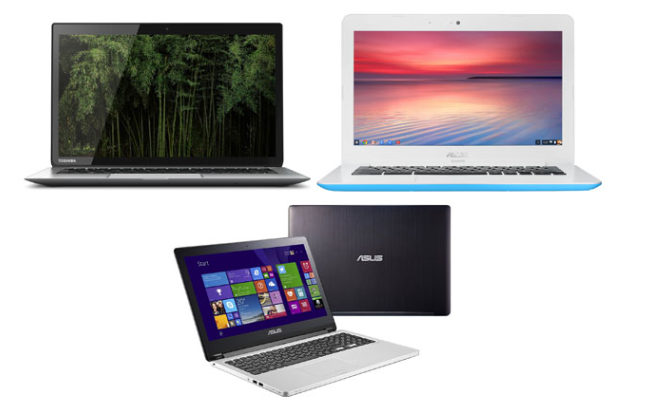IT stands for Information Technology. It encompasses the use, development, management, and maintenance of computer systems, software, networks, and electronic devices to store, process, transmit, and retrieve information. IT involves a wide range of technologies and practices related to computing and communication, including hardware, software, databases, networking, cybersecurity, system administration, programming, and more. IT professionals are responsible for designing, implementing, and supporting technology solutions to meet the needs of individuals, organizations, and society as a whole.
- What does IT stand for? Answer: IT stands for Information Technology.
- What is the purpose of an operating system? Answer: The purpose of an operating system is to manage computer hardware and software resources and provide common services for computer programs.
- What is a computer network? Answer: A computer network is a collection of interconnected devices, such as computers, servers, printers, and switches, that can communicate and share resources with each other.
- What is a firewall? Answer: A firewall is a network security device that monitors and controls incoming and outgoing network traffic based on predetermined security rules.
- What is a domain name? Answer: A domain name is a unique address that identifies a website on the Internet, such as www.pepabank.
- What is a server? Answer: A server is a computer or system that provides resources or services to other computers, known as clients, over a network.
- What is the purpose of an IP address? Answer: An IP (Internet Protocol) address is a unique numerical label assigned to each device connected to a computer network. It enables devices to communicate with each other over the network.
- What is cloud computing? Answer: Cloud computing is the delivery of computing services, including servers, storage, databases, networking, software, and analytics, over the Internet (the cloud) to offer faster innovation, flexible resources, and economies of scale.
- What is a backup and why is it important? Answer: A backup is a copy of data that is used to restore the original data in case of data loss or damage. It is important to back up data to prevent permanent loss and ensure data recovery.
- What is malware? Answer: Malware refers to malicious software designed to damage, disrupt, or gain unauthorized access to computer systems or networks. Examples include viruses, worms, trojans, and ransomware.
-
- What is a VPN? Answer: A VPN (Virtual Private Network) is a secure network connection that allows users to access a private network over a public network, such as the internet. It provides privacy and encryption for data transmission.
- What is HTML? Answer: HTML (Hypertext Markup Language) is the standard language for creating web pages and applications. It provides the structure and formatting of content on the web.
- What is a cookie? Answer: A cookie is a small text file stored on a user’s computer by a website. It contains information about the user’s browsing activity and is used for various purposes, such as remembering user preferences or tracking user behavior.
- What is a router? Answer: A router is a networking device that forwards data packets between computer networks. It connects multiple networks together and determines the optimal path for data transmission.
- What is encryption? Answer: Encryption is the process of converting plain text or data into an unreadable form called ciphertext, using an encryption algorithm. It is used to protect sensitive information from unauthorized access.
- What is a CPU? Answer: CPU (Central Processing Unit) is the main component of a computer that performs most of the processing inside the computer. It executes instructions, performs calculations, and manages data flow.
- What is a software patch? Answer: A software patch is a piece of code that is applied to a software program or operating system to fix bugs, improve functionality, or enhance security.
- What is a BIOS? Answer: BIOS (Basic Input/Output System) is a firmware embedded in a computer’s motherboard. It initializes hardware components during the boot process and provides basic system functions.
- What is a database? Answer: A database is an organized collection of structured data stored and accessed electronically. It allows for efficient storage, retrieval, and management of large amounts of data.
- What is a file extension? Answer: A file extension is a suffix added to the end of a filename to indicate the type of file or the format it belongs to. Examples include .txt for text files, .jpg for image files, and .docx for Microsoft Word documents.
- What is a LAN? Answer: A LAN (Local Area Network) is a network that connects computers and devices within a limited area, such as a home, office, or building. It enables resource sharing and communication between connected devices.
- What is a protocol? Answer: A protocol is a set of rules and guidelines that governs the communication and data exchange between devices or systems in a network.
- What is a web browser? Answer: A web browser is a software application used to access and view websites on the internet. Examples include Google Chrome, Mozilla Firefox, and Microsoft Edge.
- What is a URL? Answer: A URL (Uniform Resource Locator) is the address used to locate a resource, such as a web page, on the internet. It consists of a protocol (e.g., http://), domain name (e.g., www.pepabank.com), and optional path or parameters.
-
- What is a cache? Answer: A cache is a high-speed data storage layer that stores frequently accessed data to reduce access latency and improve system performance.
- What is a GUI? Answer: GUI (Graphical User Interface) is a visual interface that allows users to interact with electronic devices or software through graphical elements such as icons, buttons, and windows.
- What is the difference between HTTP and HTTPS? Answer: HTTP (Hypertext Transfer Protocol) is the standard protocol for transmitting data over the internet, while HTTPS (Hypertext Transfer Protocol Secure) is a secure version of HTTP that uses encryption to protect data transmission.
- What is a subnet mask? Answer: A subnet mask is a 32-bit number used to divide an IP address into network and host portions. It is used in conjunction with IP addresses to determine the network and host addresses.
- What is a proxy server? Answer: A proxy server is an intermediary server that acts as a gateway between a client and other servers. It can provide various functions such as caching, filtering, and anonymity.
- What is a computer virus? Answer: A computer virus is a type of malware that replicates itself by inserting its code into other programs or files. It can cause damage to computer systems, data loss, or unauthorized access.
- What is a web server? Answer: A web server is a computer or software that delivers web content to clients in response to their requests. It hosts websites and makes them accessible over the internet.
- What is DNS? Answer: DNS (Domain Name System) is a system that translates domain names into IP addresses. It allows users to access websites using domain names (e.g., www.pepabank.com) instead of IP addresses.
- What is a protocol stack? Answer: A protocol stack, also known as a network stack, is a set of protocols and standards that define the layers of communication and data exchange between devices in a network.
- What is virtualization? Answer: Virtualization is the process of creating a virtual (rather than physical) version of something, such as a virtual machine that emulates a complete computer system within another computer.
- What is a phishing attack? Answer: A phishing attack is a type of cyber attack in which attackers use deceptive emails, websites, or messages to trick individuals into revealing sensitive information, such as passwords or credit card details.
- What is SQL? Answer: SQL (Structured Query Language) is a programming language used for managing and manipulating relational databases. It allows users to retrieve, insert, update, and delete data from databases.
- What is a MAC address? Answer: A MAC (Media Access Control) address is a unique identifier assigned to network interfaces of network devices. It is used to identify devices on a local network.
- What is a RAID? Answer: RAID (Redundant Array of Independent Disks) is a data storage technology that combines multiple physical disk drives into a single logical unit for improved performance, reliability, or both.
- What is a router? Answer: A router is a networking device that forwards data packets between computer networks. It connects multiple networks together and determines the optimal path for data transmission.
- What is a wireless network? Answer: A wireless network is a network that allows devices to connect and communicate wirelessly, without the need for physical cables. It uses radio waves or infrared signals for data transmission.
- What is virtual memory? Answer: Virtual memory is a memory management technique that uses disk storage as an extension of RAM. It allows the operating system to use disk space to temporarily store data when physical RAM is full.
- What is a firewall? Answer: A firewall is a network security device that monitors and controls incoming and outgoing network traffic based on predetermined security rules.
- What is a file compression? Answer: File compression is the process of reducing the size of a file or folder to save disk space or enable faster transmission. It is commonly used in formats such as ZIP, GZIP, or RAR.
- What is a BIOS? Answer: BIOS (Basic Input/Output System) is a firmware embedded in a computer’s motherboard. It initializes hardware components during the boot process and provides basic system functions.
- What is cloud storage? Answer: Cloud storage is a service that allows users to store and access data on remote servers over the internet. It provides scalable and flexible storage options without the need for local hardware.
- What is a network switch? Answer: A network switch is a networking device that connects multiple devices in a local area network (LAN). It receives, processes, and forwards data packets between devices.
- What is a web hosting? Answer: Web hosting is a service that allows individuals or organizations to make their websites accessible on the internet. Web hosting providers allocate server space and resources for hosting website files.
- What is a modem? Answer: A modem is a device that converts digital signals from a computer into analog signals for transmission over a telephone line or other communication medium, and vice versa.
- What is a packet? Answer: A packet is a unit of data transmitted over a network. It consists of a header that contains control information and a payload that contains the actual data being transmitted.
- What is a motherboard? Answer: A motherboard is the main circuit board of a computer. It provides a platform for connecting and communicating between various hardware components, such as the CPU, memory, and storage devices.
- What is a command-line interface (CLI)? Answer: A command-line interface is a text-based interface that allows users to interact with a computer system by typing commands. It is commonly used by advanced users and system administrators.
- What is a software license? Answer: A software license is a legal agreement between the software owner and the end user that governs the use and distribution of the software. It specifies the rights, restrictions, and obligations of both parties.
- What is a VPN? Answer: A VPN (Virtual Private Network) is a secure network connection that allows users to access a private network over a public network, such as the internet. It provides privacy and encryption for data transmission.
- What is version control? Answer: Version control is a system that records changes to files or sets of files over time. It allows multiple users to collaborate on a project, track changes, and revert to previous versions if needed.
- What is a programming language? Answer: A programming language is a formal language used to write instructions or commands for a computer to execute. Examples include Python, Java, C++, and JavaScript.
- What is a BIOS password? Answer: A BIOS password is a security feature that restricts access to the BIOS settings of a computer. It requires a password to be entered before accessing or modifying the BIOS configuration.
- What is a server rack? Answer: A server rack is a structure or cabinet used to house multiple servers, networking equipment, and other hardware devices. It provides organization, security, and proper airflow for efficient data center management.
- What is a data center? Answer: A data center is a facility that houses computer systems, servers, networking equipment, and storage systems. It provides a controlled environment with power, cooling, and security measures to ensure reliable operation.
- What is the purpose of an antivirus software? Answer: Antivirus software is designed to detect, prevent, and remove malicious software (malware) from computer systems. It helps protect against viruses, worms, trojans, and other security threats.
Share love with others on
Like this:
Like Loading...
Related


